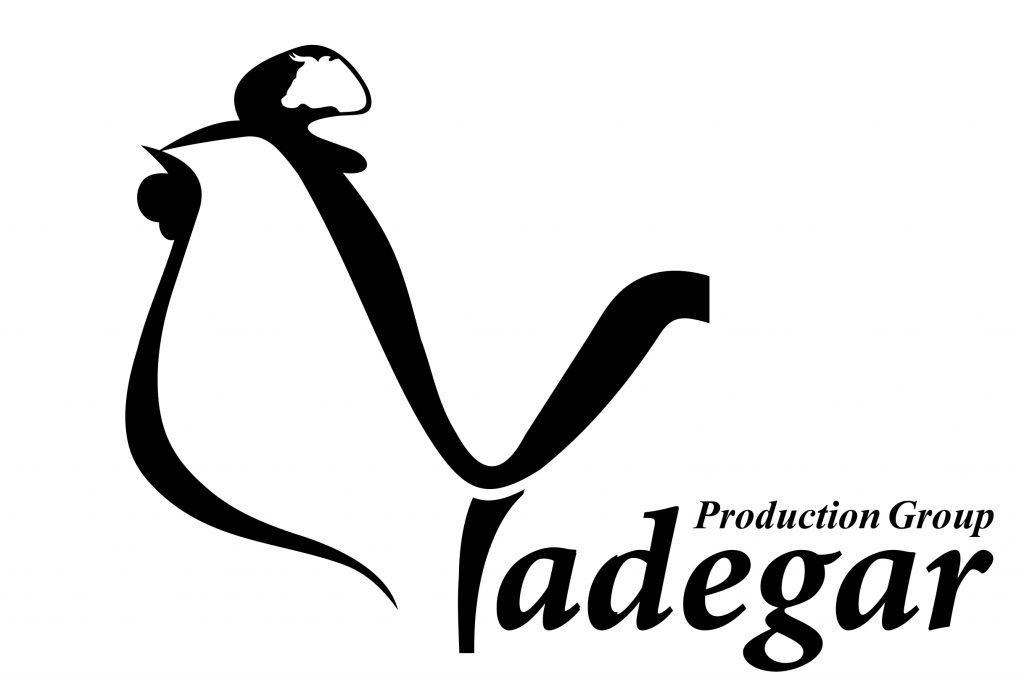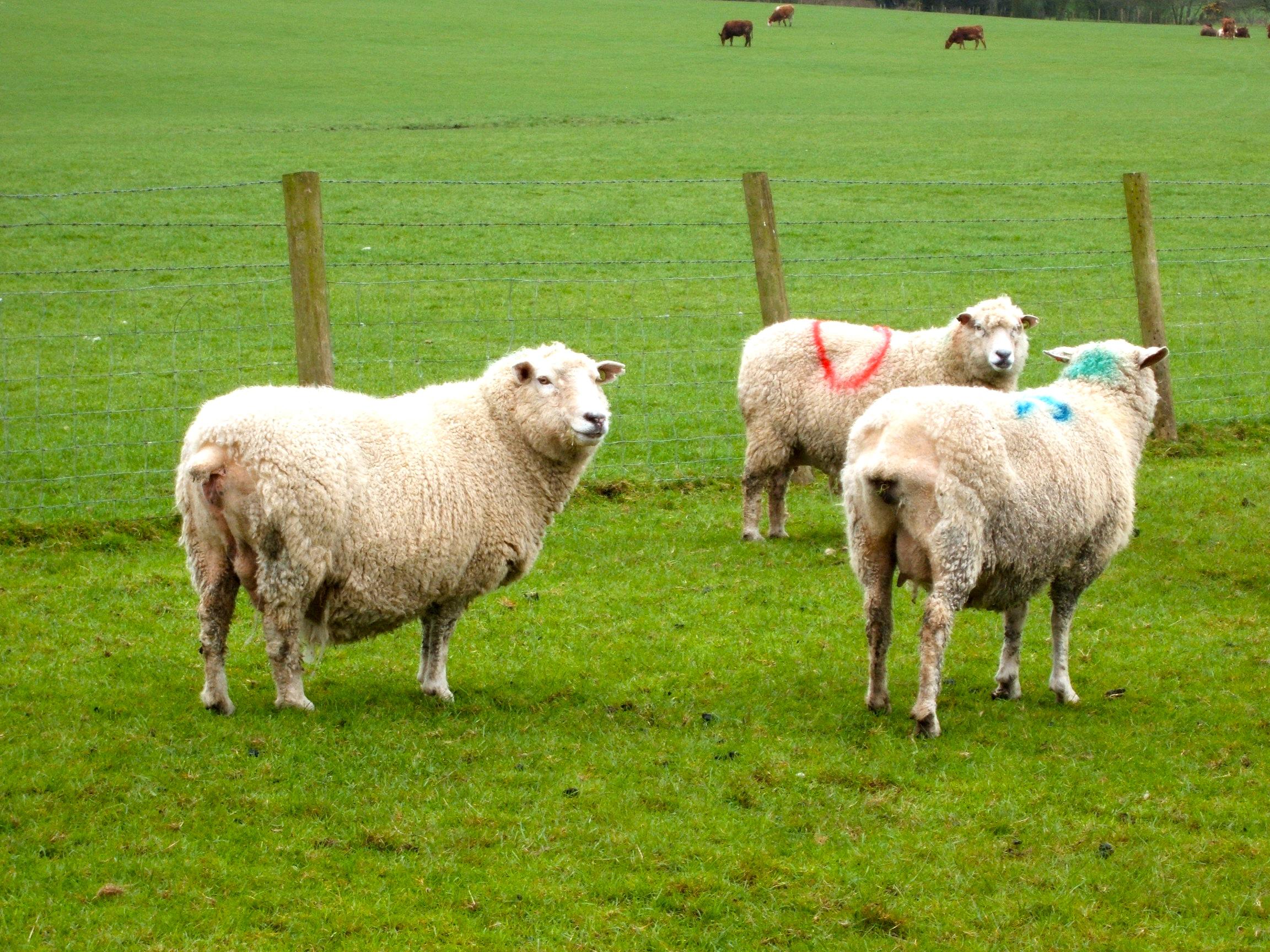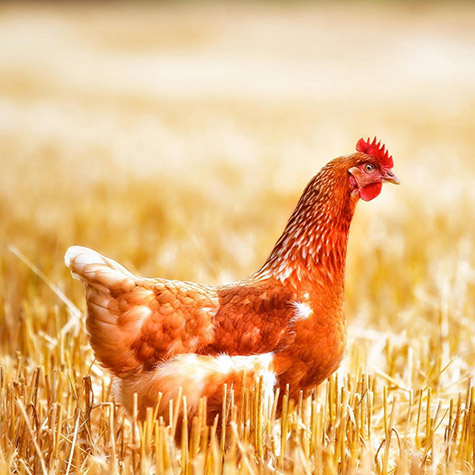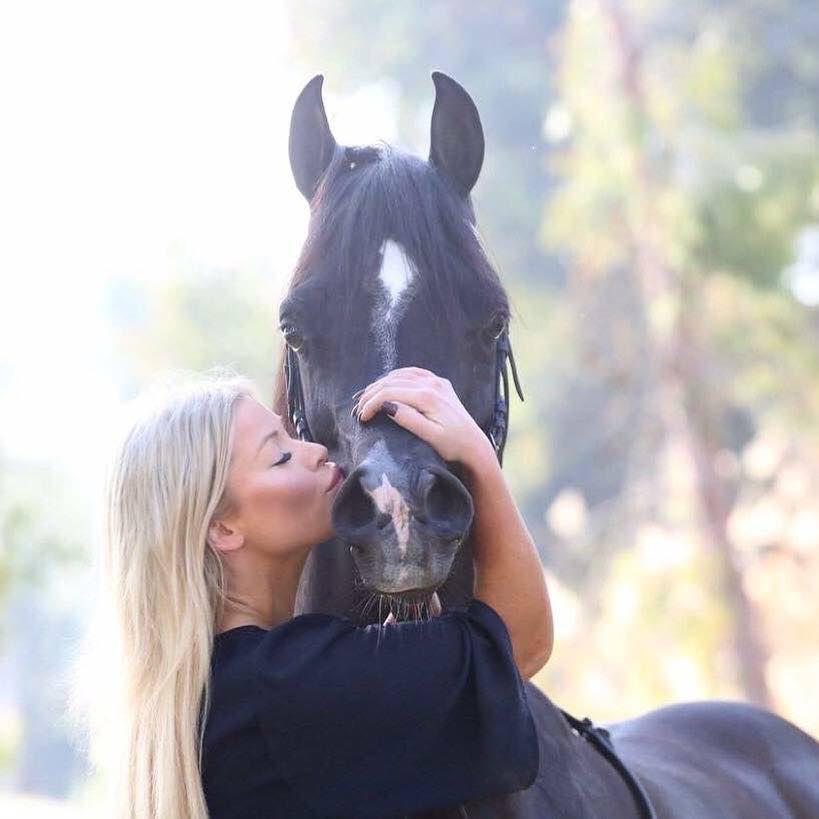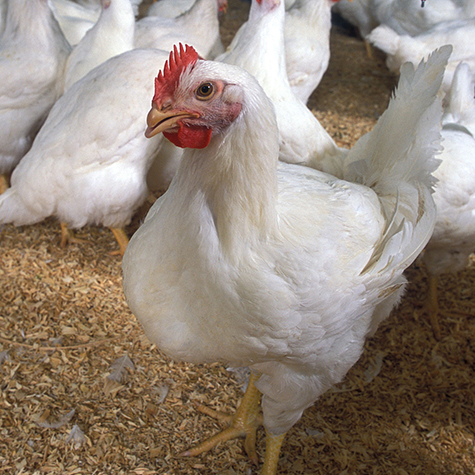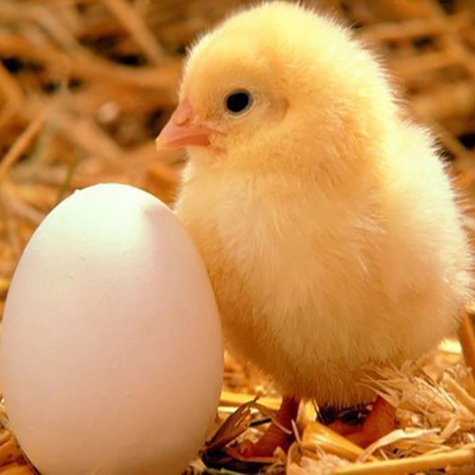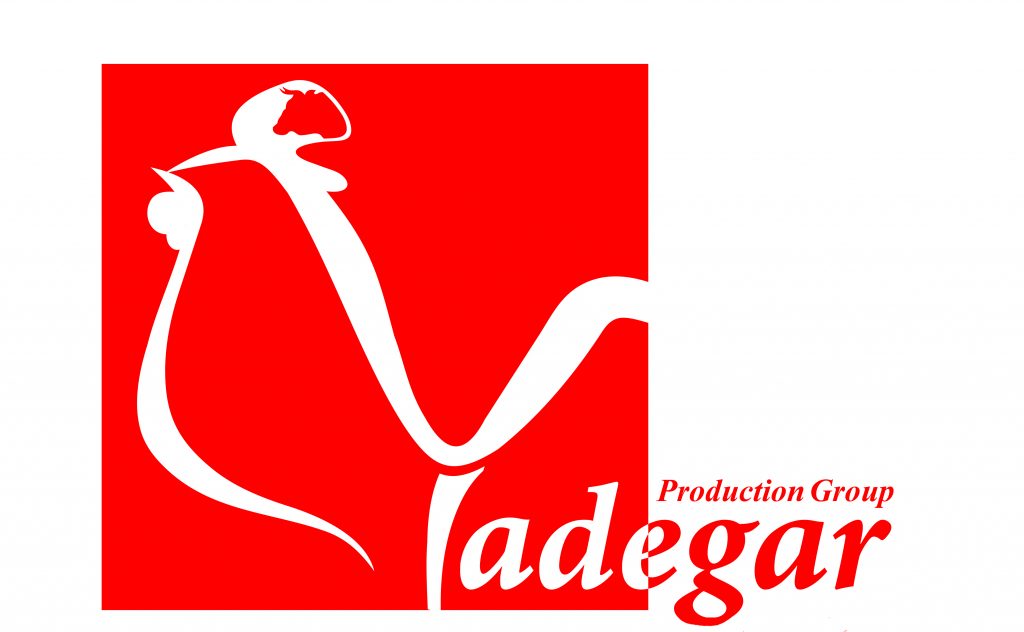A camel, which was called ushtar in the Pahlavi language, is a strong and stout animal from the camel family; Ruminant and with long arms and neck. It has one or two humps on its back, which is made of tallow and fat. In Islam, his meat is halal. But its slaughter is different from other halal meat animals, and it is slaughtered by nahr (cutting its throat), and if its head is cut off like a sheep before nahar, its meat is not halal. Its milk is also drunk, but it is mostly used for loading. Its wool and skin are also used for spinning, weaving, and shoemaking.
Other species of camels also live in South America, namely the llama, alpaca, guanaco, which does not have a hump.
The camel has special characteristics, the most important of which is tolerating the harsh conditions of the desert and various temperatures, especially the intense summer heat and the lack of water and fodder. The physical composition of the camel is very different from other animals, and this difference has motivated the camel to live in the desert for long days of the year and feed on various desert and desert bushes and shrubs and even salty and thorny bushes. Arabs have been using camels since ancient times. They have given this domestic animal the title of desert ship (Arabic: سفينة السهراة).
Camel is a useful animal and has many uses. In addition to being the main means of transportation for the inhabitants of the desert, this animal can also provide human food and other necessary items to humans, and humans can survive in the desert for weeks by feeding on milk and camel meat. Also, hump fat can be used instead of butter and camel wool can be used in making tents, blankets, carpets, woolen clothes, ropes and strings. You can also use dried camel dung to light a fire, and after killing a camel, you can use its skin to make shoes, musk, and other things. Camel is one of the animals that has adapted to dry and waterless, grassy and desert environments, and this adaptation has motivated it to be able to tolerate hot and dry weather, dehydration and lack of food.
The hump is a significant organ in the camel, which is made up of only fat and muscle, and there are no bones in it, and the camel can survive for several days without food, depending on the presence of this fat and its metabolism.
The sole of a camel’s foot has its own shape and consists of two parts, and it is thick and wide, and it prevents the camel’s foot from sinking into the fine sand of the desert. The camel’s eyes have long eyelashes that, along with the eyelids, protect the eyes from sandstorms and strong sunlight. The camel’s nose has longitudinal slits that allow the camel to open its nose well when breathing and allow the maximum amount of air to enter its lungs and close its nose during sandstorms. Also, the camel has a long jaw that moves laterally and can chew well. The camel can tolerate dehydration more than any other animal and now it has been revealed that the camel can maintain its body water due to the large difference in body temperature. Because it does not use this water to cool the body. The camel’s body temperature is not constant and rises slowly with the temperature of the environment, which means that the camel does not lose water to keep its body cool (which is done by sweating in humans). ) and at night, when the ambient temperature drops, the camel’s body temperature also drops and it will be at its lowest level in the morning.
A camel’s body temperature can fluctuate up and down by 7 degrees Fahrenheit, while humans only fluctuate by 1 degree Fahrenheit.
The camel’s lips have good mobility and the upper lip is divided into two parts, and it can be seen that the lower lip is clearly hanging in old camels. In this animal, like other ruminants, there is only one anterior tooth on the lower jaw of the camel, and these teeth are not present in the upper jaw. The camel’s mouth is always open and the animal makes loud and annoying noises, and when the animal makes such noises, if we look at its mouth, we can see a red mass in the back of the mouth, which probably reaches the front part of the mouth and it is visible that The return of this mass is to moisten the end region of the larynx and thus helps the animal to resist thirst. (This mass is also observed outside the mouth, especially during the mating season, when a drunken male camel attacks others without reason, and bites the testicles, bladder and other parts of the body).
The camel has a soft and moist gland on the back of its head, which secretes the camel when it is drunk. While the rest of the body parts are permanently dry. In the joint area of the legs, the camel’s skin becomes thick and rough, which we call callus. These calluses are mostly seen in the places of the body where the camel sits to protect the rest of its body from friction with the ground, and the camel also has a large calluse in the sternum area that helps the camel maintain balance while sitting on the ground. It helps. A camel’s hump is a mass of fat, the volume of which changes according to the camel, its age, and its health or illness.
The camel’s feet have evolved to help the animal when walking on soft sand, but these feet are fine on any ground except muddy ground. But the animal’s hooves were not clear and escaped inside the keratinous tissue of the soles of the feet. The sole of the foot is strong and has hard and short nails in the introduction, and when the sole of the foot is placed on the ground, it expands well and the stigma
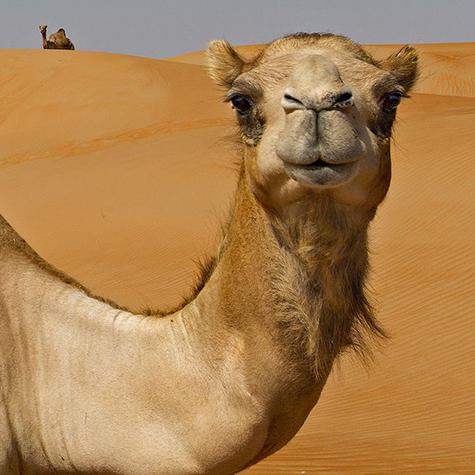
camel
سایر مقالات
All kinds of sheep breeds
the sheep Scientific classification Ruler: Animals Branch: ropers Category: Mammals Order: Samshakafgan Dark: Gausanan Underdark: Goats Genus: Sheep Species: Oaries …
Native chicken breeding
Native chicken breeding Breeding native chicken is one of the important ways to help increase the income of rural …
Anatomy of horse digestive system
The following article has been published in the Horse World Magazine. Ana Tommy The Horse’s Digestive System It is decided …
Air conditioning for poultry breeding
Control of breeding conditions, especially ventilation (temperature, humidity, clean air), is very important in poultry farming. The poultry respiratory system …
Breeding a one-day chicken
How to grow a chicken after a successful hatch? Although it may be hard to believe, but chicken rearing is …
